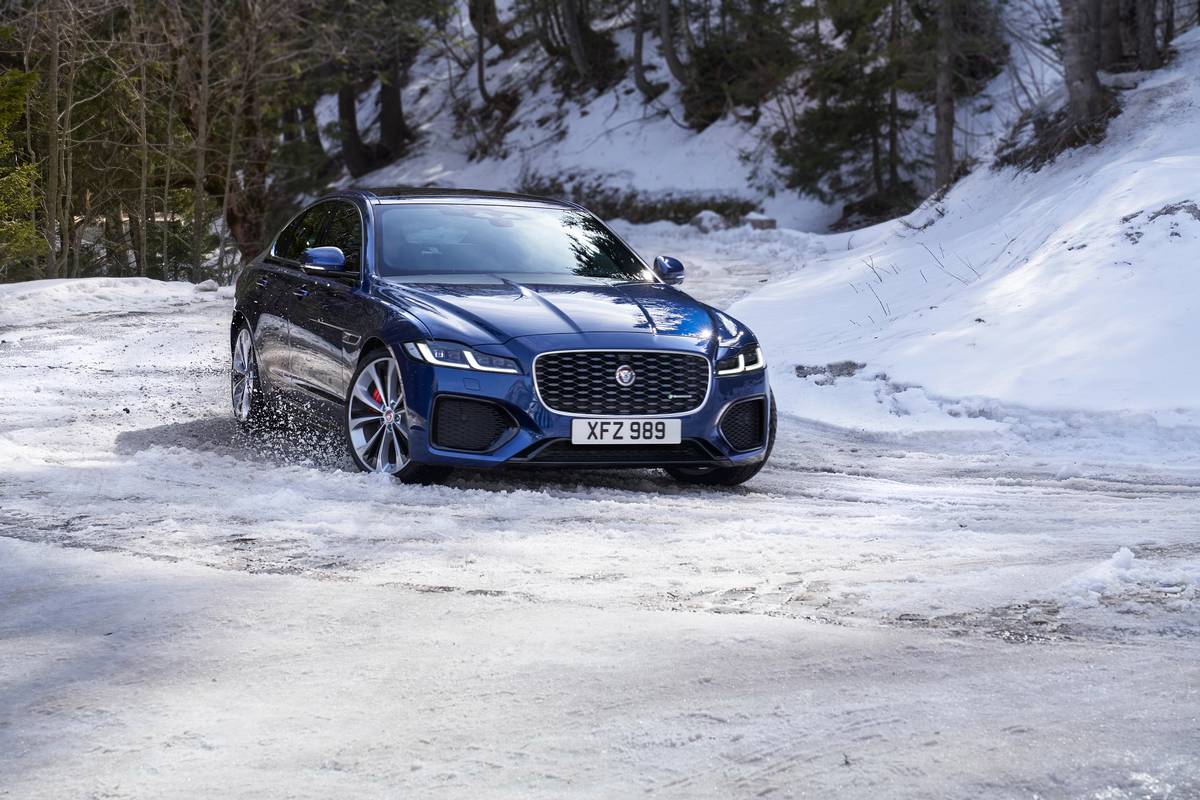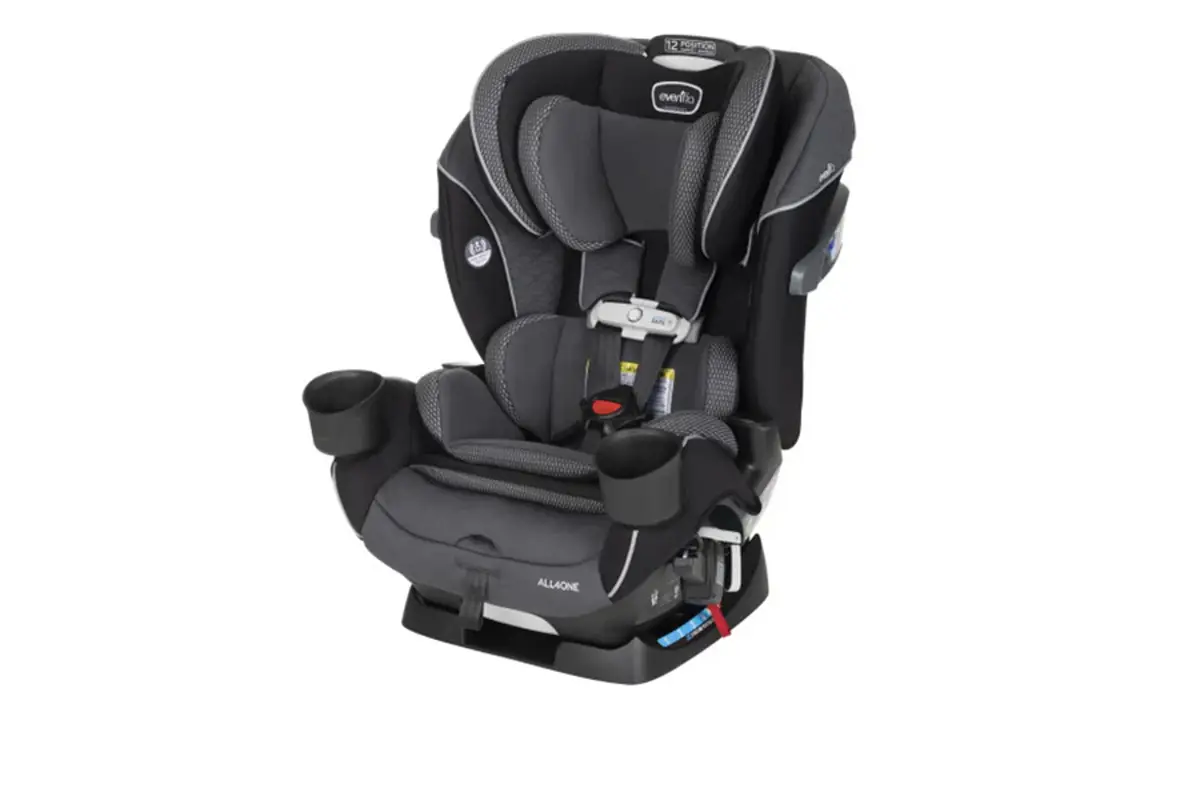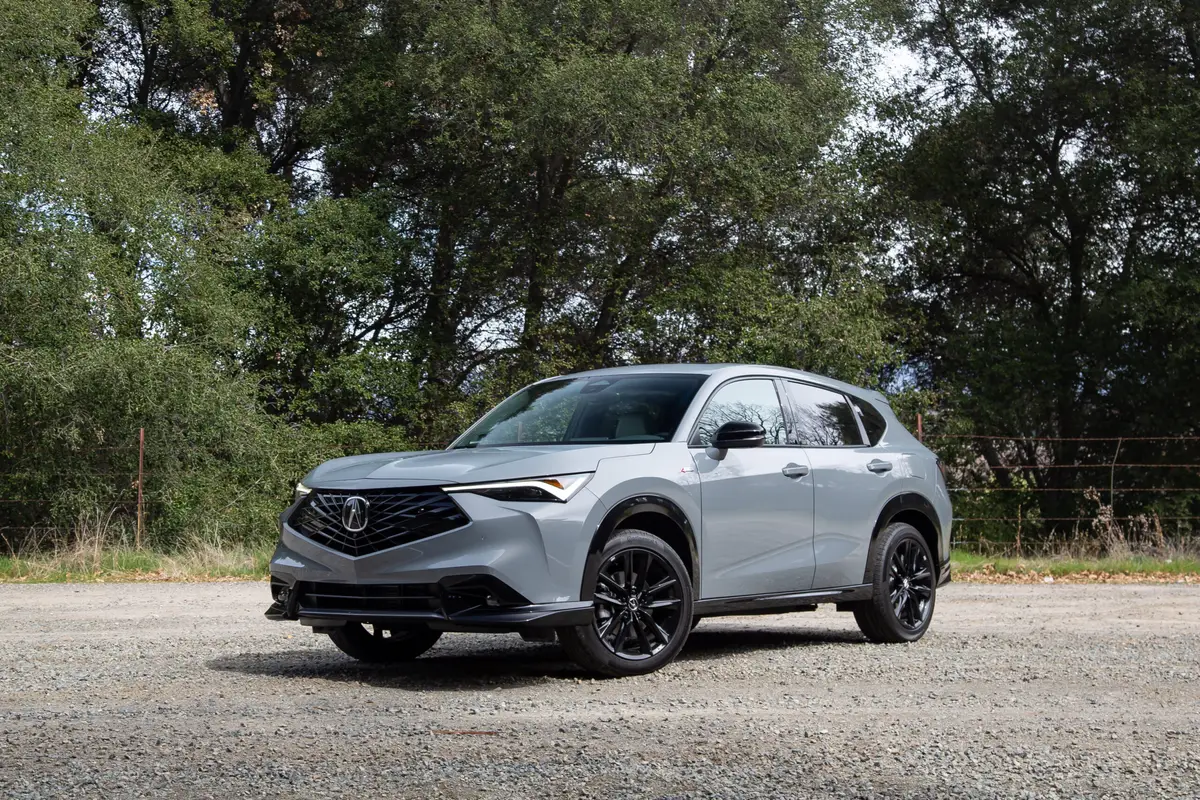Star-Telegram.com's view
Edgy styling in a minivan? Who woulda thunk it?
The minivan never has been a model of creative automotive styling, going all the way back to the original – the Volkswagen bus of the mid-50s – or even the beginning of the modern minivan, which was introduced by the Chrysler Corp. in 1983.
Beginning with the Plymouth Voyager and Dodge Caravan of the mid-80s, minivans became the station wagons of the suburban middle class, at least until they began giving way to the sport utility vehicle in the mid-90s.
While the sport utility segment continues to grow, minivan sales have stagnated at about a million units a year. The good news is that even though the segment is no longer growing, it’s not losing ground, either.
The biggest problem with the segment, probably causing its stagnation, has been the so-called minivan stigma, the vehicle’s perceived status as a “mom-mobile” that says of its driver, “I’m just so domesticated.”
Sport utilities have allowed soccer moms to break out of the minivan trap, if that’s what it was, and express themselves a bit better in a vehicle that doesn’t have quite the same family association.
To help get the minivan segment moving upward again, automakers have been rethinking the vehicles’ styling. General Motors Corp., for instance, rolled out four new minivans this year that the company doesn’t even call minivans – they’re now “sport vans” – and which look more like sport-utility vehicles than traditional minivans.
They still have the one feature that puts them squarely into the minivan category, and keeps them from being real SUVs: sliding doors. No sliding doors, no minivan.
But edgy styling has eluded the minivan class – until now.
Behold the Nissan Quest, the first minivan with real style. In fact, the styling of the Quest is so good that Nissan isn’t selling as many as it thought it might.
That sounds kind of strange, but the fact is that the majority of people who buy minivans are somewhat conservative, so edgy styling is something rather foreign to them. These are the same kind of people who buy hundreds of thousands of bland, boring Honda Accords and Toyota Camrys each year.
The mainstay of those cars is their appliance value – the fact that they are excellent pieces of machinery that will give their consumers years of faithful service. Who cares about styling when you can have that?
Well, apparently some of us like the idea of having the best of both worlds – great styling and appliance-like reliability. And that’s what you get with the second-generation Quest, introduced in May 2003 as an ’04 model, and continuing for 2005 with no major changes.
This time, it’s an all-Nissan vehicle, which is a very good thing.
The original Quest appeared in the mid-90s as a virtual clone of the then-new Mercury Villager, both vehicles the products of an unlikely alliance between Ford Motor Co. and Nissan. Nissan made the engines and body panels; Ford assembled the vans. Although the vehicles were successful for a while, sales began dropping off in 1999, about the same time that minivan sales growth slowed as SUVs took off, and Ford and Nissan decided to cancel both vehicles and end their alliance three years earlier than planned, after the 2002 model year.
That opened the door for Nissan to design and manufacture its own minivan, and this newest Quest is eons ahead of its predecessor.
Nissan debuted its Quest concept minivan at the 2002 Detroit auto show, and it was a showstopper. Unlike any minivan before it, the concept had bold, futuristic styling.
The new Quest was the first product to come off the assembly line at Nissan’s brand-new plant in Canton, Miss., which now also produces the Nissan Titan pickup, as well as the Nissan Armada and Infiniti QX56 full-size SUVs.
To be a success, Nissan officials said, the new minivan needed to break out of the typical, boring minivan styling.
With the new Quest, Nissan decided to stick with the minivan format, but make the vehicle more like an SUV, with bold exterior styling, yet with the driving performance of a sporty car. The three goals for the Quest, the company said, were breakthrough styling, versatility and performance.
As with styling, performance is something not usually associated with minivans, either. Nissan aimed to change that.
This van drives almost like an Altima sedan, which is not completely strange, considering that the Quest is built on the chassis of the midsize Altima, which also is the chassis used for the Maxima sedan and the Murano crossover SUV.
Under the hood is the same 240-horsepower V-6 engine used in the Altima, which gives the Quest a good measure of performance.
In our test model, it was connected to a really smooth five-speed automatic transmission, and the combination of engine and gearbox moved this vehicle along like a sport sedan. It even corners more like a sedan than any minivan I’ve ever driven.
Inside, the Quest is very well-appointed, designed to fulfill the needs of its primary consumers: young families.
The dashboard definitely breaks from the mold, and might take some getting used to. The speedometer and other gauges are mounted in the center of the dash, away from the driver’s forward point of view, and most controls are placed in an unusual center pedestal/cylinder that sticks up from under the dash.
The gearshift lever even comes out of this pedestal, the controller for the Quest’s four- or all-new five-speed automatic transmission. In fact, this particular feature – the center dash stack – is so controversial that Nissan plans to redesign it for next year. I didn’t really mind it, though.
Nissan says the center meter cluster allows for a better forward view of the road for the driver, since the dash can be lower directly in front of the driver.
Interior innovations include the optional Skyview roof, which is a series of skylights that remind me of the early Volkswagen buses; second- and third-row seats that fold completely flat into the floor to turn the vehicle into a cargo van instantly, and such little touches as hooks for hanging up dry cleaning, and a note clip on the top of the steering column.
Nissan didn’t neglect safety in designing the new Quest.
Active safety features include front and side air bags, as well as side-curtain air bags for all three rows of seats.
Other options include a navigation system, DVD entertainment system with either one or two screens for the rear passengers, and the first Bose audio system for a minivan. Three trim levels are offered, the base S model, which starts at $24,240 (plus $560 freight); the midlevel SL, $26,740 plus freight; and our test car, the top-of-the-line SE, $32,240 plus freight.
With options, our test car rang up at $36,010, including freight, which is more than you would have to pay to get a good Quest. Among options on ours were the two-screen DVD system ($1,500); a seat package ($750), which gave us folding captain’s chairs on the second row and a flat-folding bench on the third row; and XM satellite radio ($400). Nissan says 75 percent of sales will be models priced under $30, 000, and even the base model comes with such features as traction control, power windows/mirrors/door locks, power sliding door on the right side/manual sliding door on the driver’s side, air conditioning, the advanced air bag system, and a 150-watt AM/FM/compact-disc stereo with eight speakers.
SL models are upgraded with 16-inch aluminum-alloy wheels, eight-way power adjustable driver’s seat, leather-wrapped steering wheel with built-in audio controls, heated mirrors, rear audio controls with infrared headphones, power rear vent windows, power adjustable pedals, and a roof rack.
Those who opt for the SE will get the five-speed transmission, vehicle dynamic stability control, 17-inch aluminum-alloy wheels, leather seats, power front passenger seat, 265-watt Bose audio system, heated front seats, dual-zone automatic climate control, power left-hand sliding door, rear sonar backing system, fog lamps, power sunroof and rear Skyview roof, automatic headlights and more.
EPA fuel-economy ratings are 18 miles per gallon in the city and 25 mpg on the highway.
G. Chambers Williams III is staff automotive columnist for the San Antonio Express-News and former transportation writer for the Star-Telegram. His automotive columns have appeared regularly in the Star-Telegram since 1995. Contact him at (210) 250-3236; chambers@star-telegram.com.
2005 Nissan Quest The package: Five-door, five- or seven-passenger, front-wheel-drive, V-6 powered minivan. Highlights: All new for model year 2004, this is the second generation of the Nissan’s Quest minivan, but this time it’s all Nissan, and no longer is shared with or produced by Ford Motor Co. as the previous Quest was. It comes with the most remarkable styling yet in the minivan class, and an interior that is as functional as it gets in this segment, including seats that fold flat into the floor. It also has sporty performance, something else new to the minivan breed. Negatives: Controversial center-dash instrument stack takes some getting used to. Engine: 3.5-liter V-6. Transmission: 4-speed automatic (S, SL models), 5-speed automatic (SE). Power/torque: 240 hp/242 foot-pounds. Length: 204.1 inches. Curb weight: 4,012-4,127 pounds. Brakes, front/rear: Disc/disc, antilock. Cargo volume: 32.7 cubic feet (third seat in place). Fuel capacity/type: 20 gallons/unleaded premium recommended but not required. EPA fuel economy: 18 miles per gallon city/25 highway. Major competitors: Toyota Sienna, Honda Odyssey, Chrysler Town & Country, Dodge Caravan, Chevrolet Uplander, Pontiac Montana, Buick Terraza, Saturn Relay, Kia Sedona, Ford Freestar, Mercury Monterey. Base price range: $24,240-$32,240 plus $560 freight. Price as tested: $36,010 including freight (SE model with options). On the Road rating: ***** (five stars out of five).
Latest news



